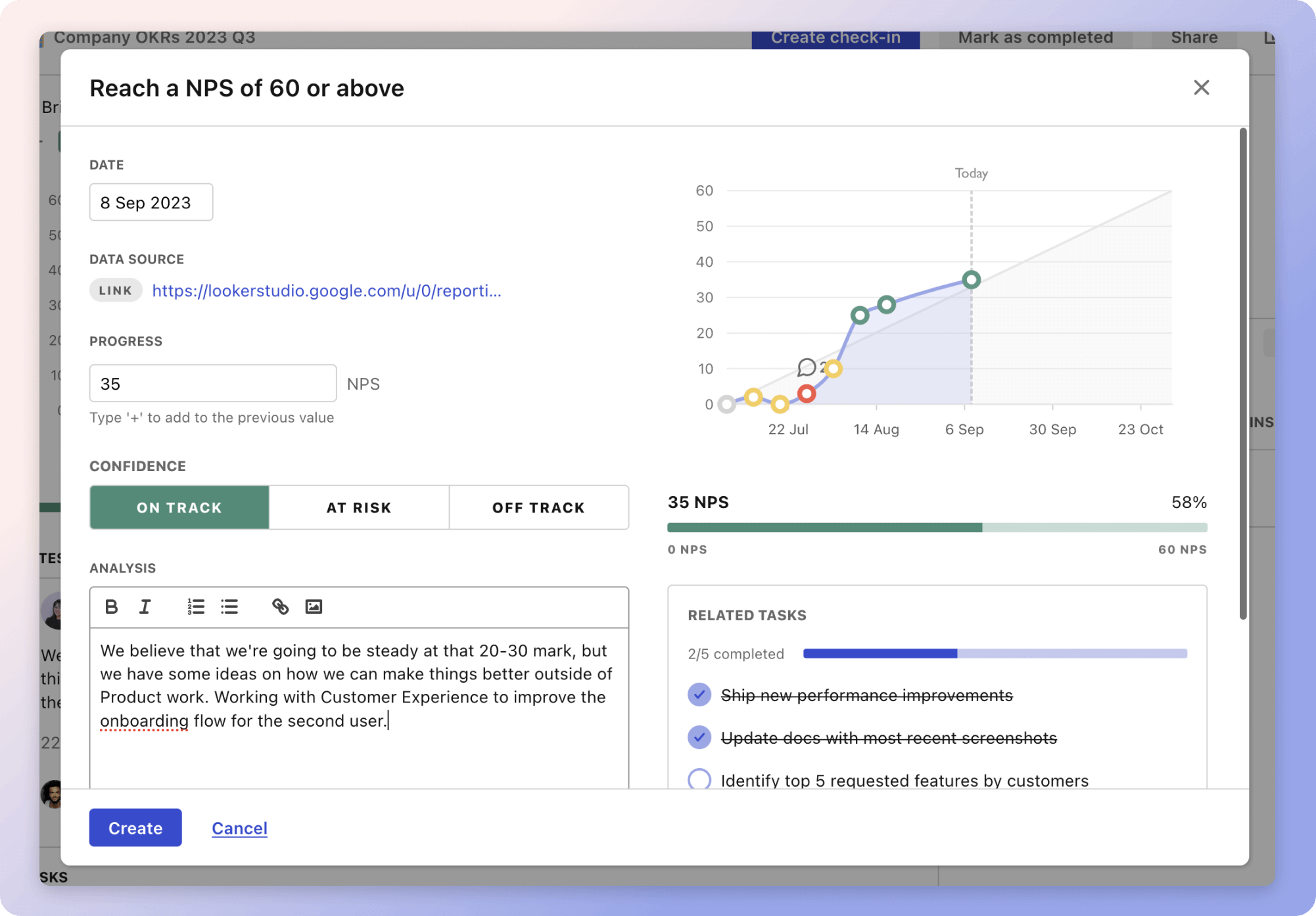The plan titled "Measuring UX Laws and Audit" focuses on evaluating and enhancing User Experience (UX) performance and quality. It incorporates a set of metrics designed to assess key areas like user satisfaction, task success, and retention rates. By leveraging metrics such as the User Satisfaction Score and Task Success Rate, businesses can pinpoint areas for improvement, ensuring that users have a seamless and intuitive experience.
For instance, improving the User Satisfaction Score involves iterating on design based on regular feedback, while a high Task Success Rate can be achieved through optimizing task flows and instruction clarity. Understanding these metrics is essential for refining the user interface and, ultimately, increasing user engagement and retention.
Top 5 metrics for UX Performance and Quality
1. User Satisfaction Score
Measures the satisfaction levels of users with the UX design via surveys like SUS or NPS
What good looks like for this metric: Average score ranges from 68 to 80
How to improve this metric:- Conduct regular user feedback sessions
- Implement iterative design improvements
- Enhance usability based on pain points
- Improve interface consistency
- Ensure accessibility compliance
2. Task Success Rate
Percentage of correctly completed tasks without assistance
What good looks like for this metric: Typically ranges from 78% to 85%
How to improve this metric:- Simplify task flows
- Increase clarity in instructions
- Use intuitive design patterns
- Conduct A/B testing for task paths
- Provide effective user training
3. Time on Task
Measures the average time users spend to complete a task
What good looks like for this metric: Varies widely depending on the complexity of tasks
How to improve this metric:- Identify and remove bottlenecks
- Streamline task steps
- Improve information architecture
- Enhance system responsiveness
- Use user testing to target slow task areas
4. Error Rate
The frequency of errors made by users during tasks
What good looks like for this metric: Aim to be below 5%
How to improve this metric:- Enhance input validation
- Provide clear error messages
- Refine user instructions
- Improve interface intuitiveness
- Conduct usability testing to find error hotspots
5. Retention Rate
Percentage of users who continue to use the product over time
What good looks like for this metric: Typically above 25% over a year
How to improve this metric:- Improve user onboarding
- Enhance engagement with features
- Encourage feedback and implement changes
- Ensure regular updates and improvements
- Analyse and reduce user drop-off points
How to track UX Performance and Quality metrics
It's one thing to have a plan, it's another to stick to it. We hope that the examples above will help you get started with your own strategy, but we also know that it's easy to get lost in the day-to-day effort.
That's why we built Tability: to help you track your progress, keep your team aligned, and make sure you're always moving in the right direction.

Give it a try and see how it can help you bring accountability to your metrics.